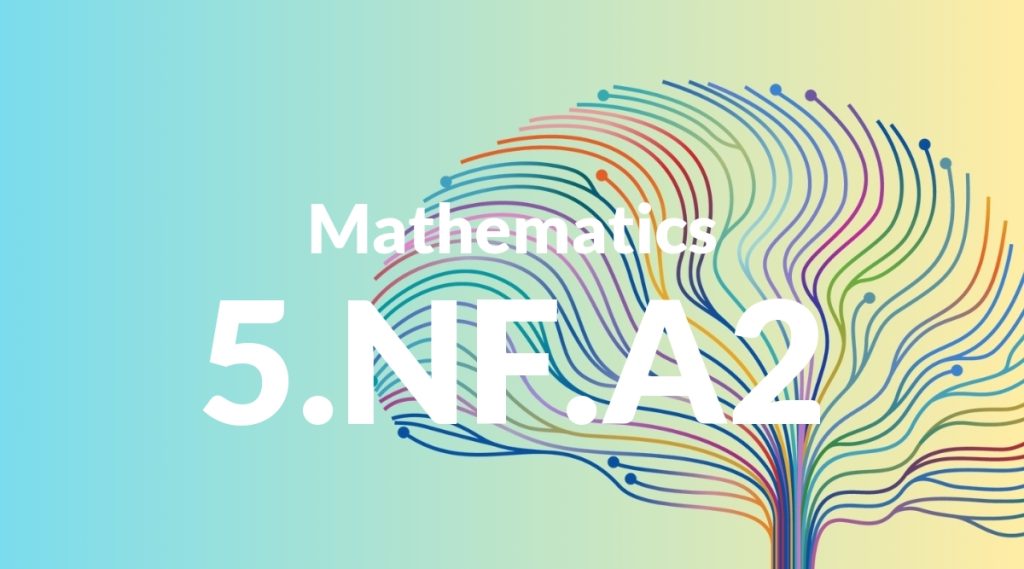Standard: 5.NF.A2 – Solve word problems involving addition and subtraction of fractions referring to the same whole, including cases of unlike denominators, e.g., by using visual fraction models or equations to represent the problem. Use benchmark fractions and number sense of fractions to estimate mentally and assess the reasonableness of answers. For example, recognize an incorrect result 2/5 + 1/2 = 3/7, by observing that 3/7 < 1/2.
Grade level: Grade 5
Subject: Mathematics
Domain: Numbers & Operations – Fractions
Teacher Overview
This standard focuses on solving word problems involving the addition and subtraction of fractions with the same whole, including cases with unlike denominators. It is important as it builds on students’ understanding of fractions and prepares them for more advanced operations involving fractions in higher grades. Students should be comfortable with basic fraction concepts, such as identifying and generating equivalent fractions, and performing simple fraction addition and subtraction with like denominators.
Mastering this standard will enable students to tackle more complex fraction operations, including multiplication and division of fractions, as well as solving problems involving mixed numbers and improper fractions.
Common Misconception 1
A common misconception is that students might add fractions by adding the numerators and denominators directly (e.g., thinking 2/5 + 1/2 = 3/7). This is incorrect because fractions must have a common denominator before they can be added.
Intervention 1
Use visual aids like fraction strips or circles to demonstrate why fractions need to have the same denominator to be added or subtracted. Practice converting fractions to have common denominators through guided exercises.
Common Misconception 2
Another misconception is that students might not use benchmark fractions to estimate and check the reasonableness of their answers. They might accept incorrect results without questioning them.
Intervention 2
Encourage students to use benchmark fractions, such as 1/2, to estimate their answers. Practice comparing fractions to these benchmarks to develop number sense and improve their ability to judge the reasonableness of their results.
Prerequisite Knowledge
Students should understand basic fraction concepts, including numerator and denominator, equivalent fractions, and simple addition and subtraction of fractions with like denominators.
Subsequent Knowledge
Students will develop skills in multiplying and dividing fractions, as well as solving more complex fraction problems involving mixed numbers and improper fractions.
Instructional Activities
- Use fraction strips to visually add and subtract fractions.
- Solve real-world word problems involving fractions, such as cooking recipes or dividing items.
- Practice converting fractions to have common denominators before adding or subtracting.
- Use benchmark fractions to estimate the results of fraction operations.




